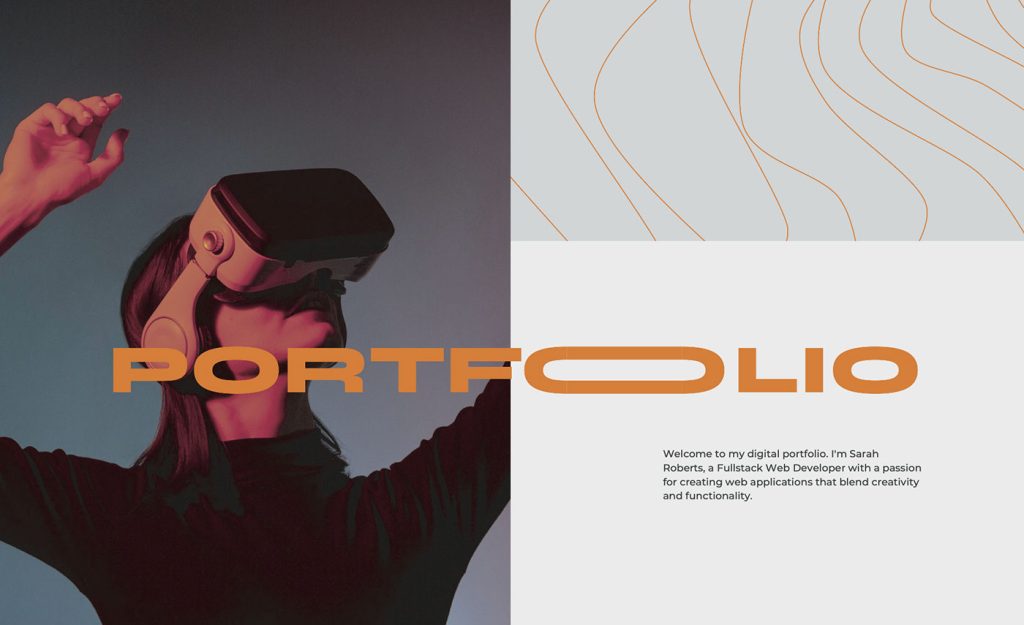Every freelancer has heard the pitch from clients about “no money now, but there will be later”, “help start my business and you’ll be my ‘go-to’ person in the future”, or “when things get going, you can charge more and make up your lost fees”.
These promises are of course lies! Every business has money. The trick is, getting them to part with it. Here are some handy ways of creative billing and other methods for turning a cheapskate into a great client… who pays your invoice!
A new client or another douche?
The great thing about businesses that demand free work is that they usually don’t realize, in the end, that they have no rights to the copyrighted work you have created. Free work followed by broken promises can be followed by legal suits to pay you for the rights they never legally had.
That, of course, is not a good way to do business in the long term, but the idea is on the table if you’ve been screwed in the past and never signed over the copyright for your work. A letter warning the client they are using copyrighted material in breach of promise can get a rise from a client, but they’re not just going to roll over and show you their wallet.
It’s best to lay some ground rules from the start. First, chances are you haven’t laughed out loud in the client’s face because you are interested in working for their company. If only they would pay you!
Well, there’s a chance they want you to work for them just as badly or they wouldn’t be going out of their way to risk an eternity roasting in Hell by lying to you. Seriously, they see you have the talent that they both want and need, and they respect design just enough to know they can’t use an art student — although they might use that threat as a negotiating position.
You have the upper hand in negotiations because you have nothing to lose by turning down working for free. The only other things you’ll need are the guts and knowledge to know how to negotiate an acceptable solution for both parties.
Real ways to get paid
You’ll know whether the prospective client is just cheap, or doesn’t actually have any money for design within the first few moments of your first meeting. If they are cheap, They’ll tell you why you should be working for free. Whatever you say next in defense of your need to be paid will be met with one of these two reactions:
- An angry threat that they can get an art student to do the work for free, thereby denying you the rare chance to ply your trade, or:
- They will be interested in what you have to say, because they truly do respect you as a freelancer and never thought of other ways you could be paid a fair fee for your work.
There are ways to gamble on the client but assure yourself of payment either in barter, investment, or extended payments. Barter may in some cases be illegal as it is taxable but hard to track for the IRS.
1) Bartering
Bartering a fee may include:
- Trading work for office space. This is fairly common. Many freelancers want an official office space that has a conference room, receptionist, better address for a more professional appearance, and other people around. (You know, so they stop wearing a bathrobe for six straight days and keep talking to themselves because they feel like the only person to survive a zombie apocalypse.)
- Trading for hard goods, such as groceries, office supplies, equipment or any goods the company manufactures or sells.
- Trading work for “exposure” is one of those lies many free work-seeking clients use. Sure, if Disney is promising exposure, that might be tempting (although they have lots of money for design work), but a smaller firm, blog or website might actually be great exposure and allow you a link back to your professional website. You have to weigh how much exposure is gained/work you might get vs. the work required of you.
- Complete creative control. If you are desperate for portfolio pieces, having complete creative control will give you a better professional sample than having to water down your creative abilities because the client wants orange type on a blue background. This, however, is not a sound reason to give away your work, but if push comes to shove, it’s a last ditch offer to do free work.
The problem is that barter is a swap of services or goods that are worth money and must be declared on one’s taxes as income. If you are trading services for several thousand dollars of work, then that’s what you legally must declare on your taxes. Still, if you receive these at wholesale prices, even paying taxes on those goods will leave you ahead of the taxes owed.
2) Investment
Investment credit and a percentage of the company:
If you argue about having to provide thousands of dollars to use your design work to help build up a startup, you might demand a percentage of the company itself, just like those who have invested financial funds. While this ploy never seems to work, even with the best intentions on the part of the client, it might happen with a savvy client who needs ongoing work and respects design enough to see that he/she needs an experienced, competent professional. I suppose this is why it never happens!
If it does happen, you’ll need to hire a lawyer (they don’t work for free, oddly enough) to make sure:
- You are legally a partner.
- You have access to company records to make sure you are being paid your true percentage.
- You can’t be bought out of your percentage for pennies on the dollar.
- You have limited liability so you won’t be the only partner being sued, or going to prison if the startup fails.
As with any investment, there is a chance to fail, however, imagine being part of a growing company as a partner, even with a small percentage. You might be the “Corporate Creative Director” and assured of a career move that will continue to grow and pay you an income.
3) Extended payment
Extended or deferred payment can assure you of a legally binding way of recovering fair payments down the road. This can include:
- Invoicing for the full fee, but giving an extended payment time of several months.
- Invoicing for the full fee with tiered payments spread out over a longer period of time.
- Invoicing for the full fee, with the intention of claiming the unpaid fee as a tax loss for a tax break (check with an accountant for how much you can legally claim on your taxes – accountants, like lawyers, also never seem to work for free, or extend payments).
An extended payment needs a strong, iron-clad contract to assure that if payments are missed, or stop completely. Make sure the contract calls for interest payments and that any legal costs are paid by the client if the extended payment agreement falls apart.
Conclusion
Naturally, being paid in full and in a timely manner is the ideal situation, but in the freelance business, sometimes you have to think quickly on your feet when provided an opportunity that may seem to be a scam to start off, but end up truly being an opportunity… just like the client promised you, but not with “rich friends”, “exposure”, or possible “lots of money later”… at least not without the aforementioned contract!
Featured image, invoice image via Shutterstock.






